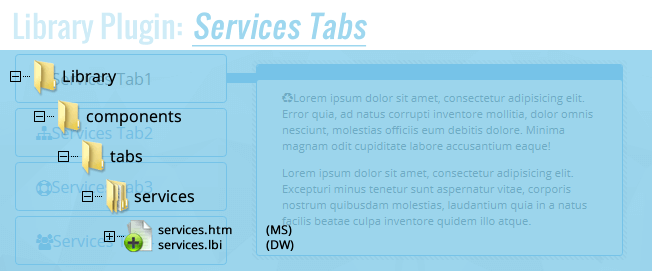Becoming A Pilot
Where to Start?
When it comes to learning to fly, there are three common certificates (aka "Licenses") that are available. The one you choose depends on what type of flying you would like to do. Each certificate brings it's own privileges and challenges, but they all open up the beauty of flying: the sport pilot, recreational pilot, and private pilot certificate. In order to be eligible to receive either one of the certificates in a single-engine aircraft, you must meet few requirements.
To be eligible, you must:
As stated earlier, the certificate that you choose should be dependant upon the type of flying that you wish to partake in. In general, most pilots earn their Private Pilot certificate. This allows them the opportunity to fly longer distances for business or pleasure and doesn't take much more training than the other two certificates.




